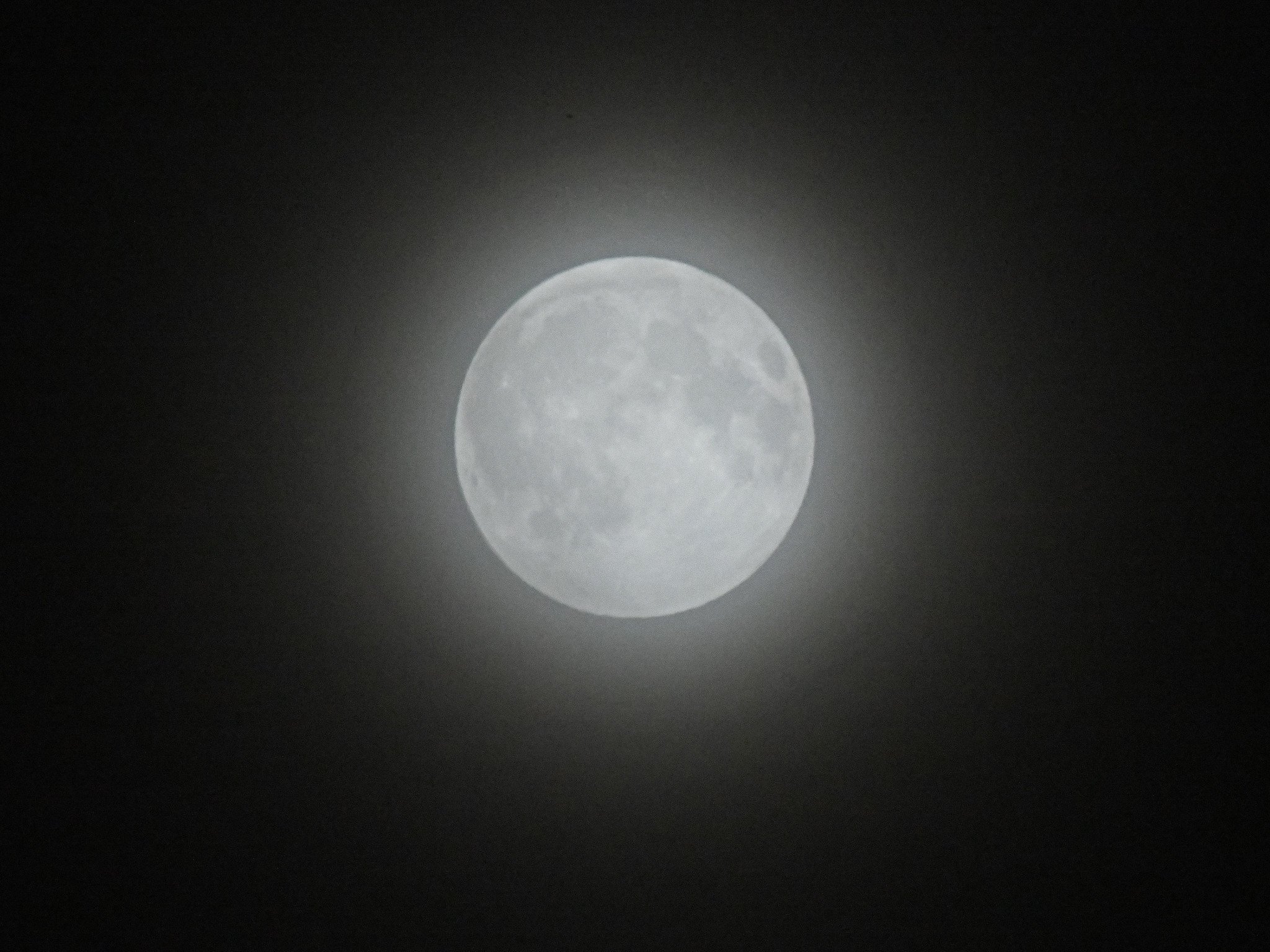It’s foggy today, as it was yesterday. Perhaps the most famous American observation of fog was by the poet Carl Sandburg in his 1916 poem “Fog,” a self-described form of “American Haiku.” (Haiku, as you probably know, is a stylized form of short, Japanese poetry, usually about nature; Sandburg’s poem does not quite meet all of haiku’s style requirements, but it’s a beaut.)
Sandburg described what he saw in Chicago one day, looking at a harbor in Lake Michigan:
The fog comeson little cat feet. It sits lookingover harbor and city on silent haunchesand then moves on.Most often, the fog here on the Maine coast does not arrive on little mammal feet, especially when it’s mixed with rain as it was yesterday. A larger, more threatening animal often seems responsible.
Yesterday at Naskeag Harbor, shown above, it wasn’t hard to imagine that the incoming rain-fog was the spittled, billowing breath of a giant sea serpent. As with Sandburg’s cat, our serpent moved on. It was last seen looking over the islands in Great Cove:
(Images taken in Brooklin, Maine, on March 27, 2024.)



























































